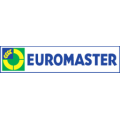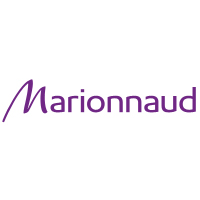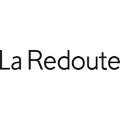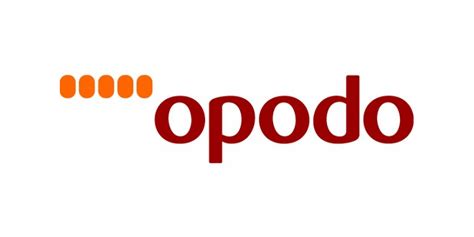Net Realizable Value NRV: Definition & Calculation

Therefore, the net realizable value (NRV) estimates the amount that a seller would expect to receive if the asset in question was sold, net of any selling or disposal costs. The net realizable value (NRV) is an accounting method to appraise the value of an asset, namely inventory and accounts receivable (A/R). However, when we applied the LCNRV rule to each individual item, we found that we had to adjust some inventory downward, such as the Rel 5 HQ Speakers that are listed at FIFO at $110 each, but only have an NRV of $50 each. Overall, we calculated that the NRV of inventory assessing each item individually was only $186,872. Recognizing that loss in the year incurred (rather than waiting for them to sell, if ever) brought gross profit down from $807,296 to $755,481, and of course that reduced net income by the same amount (second column). Let’s recap the effect of the different methods of applying COGS, gross profit, and ultimately, net income, assuming that total selling, general, and administrative expenses of Geyer Co. are $735,000.
Step one: Determine the asset values.
- This content is for general information purposes only, and should not be used as a substitute for consultation with professional advisors.
- The data gathered from a net realizable value calculation can form a vital foundation for assessing the efficacy of your accounts receivable process and inventory management systems.
- Other times NRV is used by accountants to make sure an asset’s value isn’t overstated on the balance sheet.
- Her areas of expertise include accounting system and enterprise resource planning implementations, as well as accounting business process improvement and workflow design.
- The net realizable value of the couches will be $24,530 on the balance sheet.
If the replacement cost had been $45, we would write the inventory down to $45. If the replacement cost had been $20, the most we could https://www.bookstime.com/ write the inventory down to would be the floor of $30. Let’s say Star Company Inc Is selling some of its inventory to Moon and Co.
Lower of cost or market (old rule)
The business accountant discloses the net realizable value on the company’s balance sheet. For example, a publicly-traded company must recognize the value of its inventory on the balance sheet at either the historical cost or the market value, based on whichever option is lower. Another advantage of NRV is its applicability, as the valuation method can often be used across a wide range of inventory items. Often, a company will assess a different NRV for each product line, then aggregate the totals to arrive at a company-wide valuation. By adjusting the inventory down, the balance sheet value of the asset, Merchandise Inventory, is restated at a more conservative number.

Everything You Need To Master Valuation Modeling
- However, inventory i2 and the preparation cost to sell this inventory i2 remain the same at $70 and $30, respectively.
- Be aware the NRV can be used for external reporting (inventory and accounts receivable) purposes as well as internal reporting (cost accounting) purposes.
- Knowledgeable decision makers understand that some degree of uncertainty exists with all such balances.
- By applying NRV calculations, companies can ensure their financial statements reflect a more accurate and realistic financial position.
- By adjusting the inventory down, the balance sheet value of the asset, Merchandise Inventory, is restated at a more conservative number.
This relates to the creditworthiness of the clients a business chooses to engage in business with. Companies that prioritize customers with higher credit strength will have higher NRV. Knowledgeable decision makers understand that some degree of uncertainty exists with all such balances. By including this amount, company officials are asserting that they have obtained sufficient evidence to provide reasonable assurance that the amount collected will not be a materially different figure2. Net Realizable Value of an asset is at which it can be sold after deducting the cost of selling or disposing of the asset. Since in NRV, a firm also considers the cost, hence it is known as a conservative approach to the transaction.
Lower of cost or NRV (new rule)
Net Realizable is a value of an asset at which it can be sold, after deducting the cost in selling or disposing of the asset. Say Geyer Co. bought 200 Rel 5 HQ Speakers five years ago for $110 each and sold 90 right off the bat, but has only sold 10 more in the past two years for $70. There are still a hundred on hand, costs using FIFO, but the speakers are obsolete and management feels they can sell them with some slight modifications to each one that cost $20 each. 2The independent auditors also analyze the available evidence and must believe that it is sufficient to provide the same reasonable assurance in order to render an unqualified opinion on the financial statements.
The actual total of receivables was higher than that figure but an estimated amount of doubtful accounts had been subtracted in recognition that a portion of these debts could never be collected. Because of various uncertainties, many of the figures reported in a set of financial statements represent estimations. Accounts receivable is shown at its net realizable value, the amount of cash expected to be collected. Losses from bad accounts are anticipated and removed based on historical trends and other relevant information.

How to calculate cash realizable value?
- Incorporating AI into NRV calculations not only makes the process more efficient but also enhances the overall accuracy and reliability of financial reporting.
- In compliance with prevailing accounting regulation, Volkswagen considered net realizable value when determining its inventory value.
- Two of the largest assets that a company may list on a balance sheet are accounts receivable and inventory.
- 2The independent auditors also analyze the available evidence and must believe that it is sufficient to provide the same reasonable assurance in order to render an unqualified opinion on the financial statements.
- To calculate the NRV of receivables, subtract the estimated allowance for doubtful accounts from the gross accounts receivable.
- As economies thrive, clients often have more money at their disposal and are able to pay higher prices.
Because the estimated cost of ending inventory is based on current prices, this method approximates FIFO at LCM. In other words, market was the price at which you could currently buy it from your suppliers. Except, when you were doing the LCM calculation, if that market price was higher than net realizable value (NRV), you had to use NRV. If the market price was lower than NRV minus a normal profit margin, you had to use NRV minus a normal profit margin. The old rule (that still applies to entities that use LIFO or a retail method of inventory measurement) required entities to measure inventory at the LCM. The term market referred to either replacement cost, net realizable value (commonly called “the ceiling”), or net realizable value (NRV) less an approximately normal profit margin (commonly called “the floor”).
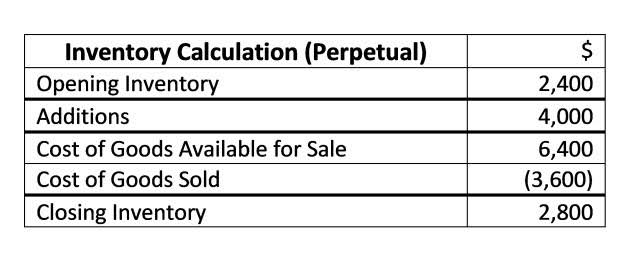
NRV and Lower Cost or Market Method






















